You searched for: 配資交易程序源碼php【TG���������@EK7676】平台包网搭建配資交易程序源碼php【TG���������@EK7676】平台包网搭建13shufdQCL
<< Previous | Displaying results 171-180 of 215 for "配資交易程序源碼php【TG���������@EK7676】平台包网搭建配資交易程序源碼php【TG���������@EK7676】平台包网搭建13shufdQCL" | Next >>
-
"St. Louis" arrives in Antwerp
FilmThe German ship SS "St. Louis" departed from Hamburg for Cuba with almost 1,000 Jewish refugees on board on May 13, 1939. Most of the passengers had Cuban landing certificates. However, the Cuban government invalidated the certificates. When the "St. Louis" reached Havana on May 27, most of its passengers were denied entry. After the United States also refused to accept the refugees, the ship returned to Europe, docking at Antwerp. Britain, France, Belgium, and the Netherlands then agreed to accept the…
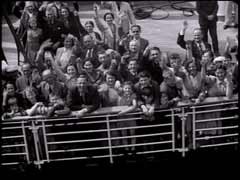
-
Helen Lebowitz Goldkind describes treatment of new prisoners at Auschwitz
Oral HistoryVolosianka was annexed by Hungary in 1939 and occupied by the Germans in 1944. Helen was about 13 when she and her family were deported to the Uzhgorod ghetto. They were then deported to various camps. Helen and her older sister survived Auschwitz, forced labor at a camp munitions factory, and Bergen-Belsen. When Helen was too weak to move, her sister would support her during roll call and drag her to work, knowing that labor was the only chance for survival.
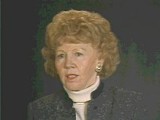
-
John Dolibois describes Justice Jackson's explanation of the purpose of the International Military Tribunal at Nuremberg
Oral HistoryJohn Dolibois immigrated to the United States in 1931 at the age of 13. After graduating from college, Dolibois joined the 16th Armored Division of the US Army. Due to his German language skills, he became involved in military intelligence. He returned to Europe in this capacity toward the end of World War II. Dolibois interrogated German prisoners of war, including leading Nazis, in preparation for the postwar trials of war criminals. He was later appointed US ambassador to Luxembourg, his birthplace.

-
John Dolibois describes interrogating German prisoners in preparation for postwar trials
Oral HistoryJohn Dolibois immigrated to the United States in 1931 at the age of 13. After graduating from college, Dolibois joined the 16th Armored Division of the US Army. Due to his German language skills, he became involved in military intelligence. He returned to Europe in this capacity toward the end of World War II. Dolibois interrogated German prisoners of war, including leading Nazis, in preparation for the postwar trials of war criminals. He was later appointed US ambassador to Luxembourg, his birthplace.
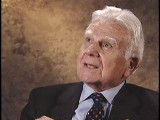
-
John Dolibois describes translating for a prison psychiatrist
Oral HistoryJohn Dolibois immigrated to the United States in 1931 at the age of 13. After graduating from college, Dolibois joined the 16th Armored Division of the US Army. Due to his German language skills, he became involved in military intelligence. He returned to Europe in this capacity toward the end of World War II. Dolibois interrogated German prisoners of war, including leading Nazis, in preparation for the postwar trials of war criminals. He was later appointed US ambassador to Luxembourg, his birthplace.

-
Le Chambon-sur-Lignon
ArticleFrom 1940 to 1944, Le Chambon-sur-Lignon and neighboring villages provided shelter to some 5,000 people, among them Jews fleeing persecution.

-
Children during the Holocaust
ArticleChildren were especially vulnerable to Nazi persecution. Learn more about the fates of Jewish and non-Jewish children.

-
Antisemitism
ArticleThroughout history Jews have faced prejudice and discrimination, known as antisemitism. Learn more about the long history of antisemitism.
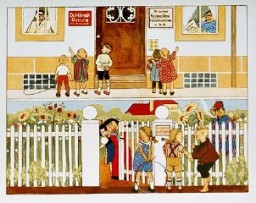
-
1944: Key Dates
ArticleExplore a timeline of key events during 1944 in the history of Nazi Germany, World War II, and the Holocaust.
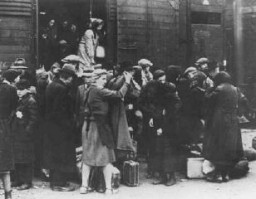
-
Blechhammer
ArticleThe Germans established the Blechhammer camp as a subcamp of Auschwitz in April 1941. Learn about the camp's history and conditions there.
